Looking Back: ‘Peterborough’s first railway station’
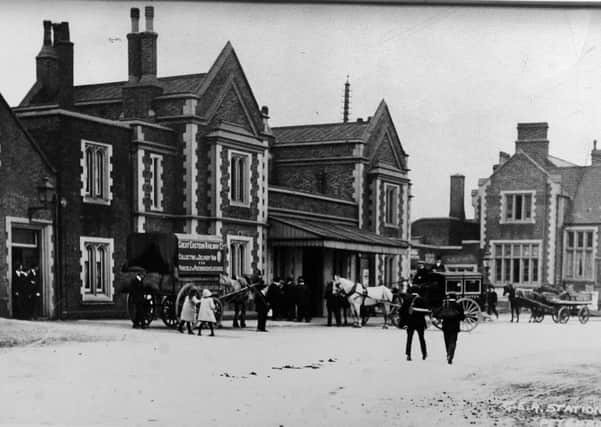

This plaque is located at Fletton Quays, on the east side of the new multi-story car park facing Sand Martin House.
The East Station was Peterborough’s first station, opening in 1845.
Advertisement
Hide AdAdvertisement
Hide AdAt that time, three lines were converging on Peterborough, the London and Birmingham Railway (soon to be London and North Western) from Blisworth, near Northampton; the Midland Railway from Leicester; and the Eastern Counties Railway (ECR) from Ely.
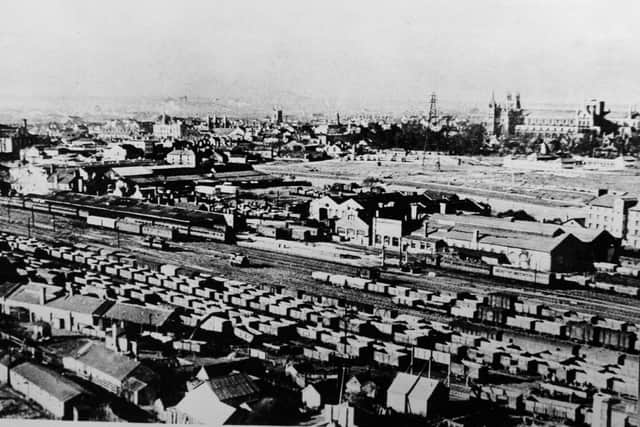

The three companies agreed to share a single station in Peterborough to be built by the ECR south of the river.
Excitement mounted in the city as the line from Blisworth approached completion.
It opened to the public on June 2, 1845 with a throng of 8,000 people assembling to view the arrival of the first train, accompanied by bands and church bells.
Advertisement
Hide AdAdvertisement
Hide AdThe initial service was a modest three trains per day, but it was now possible to reach London by this roundabout route in 4½ hours as against 8½ hours by the more direct stagecoach service.
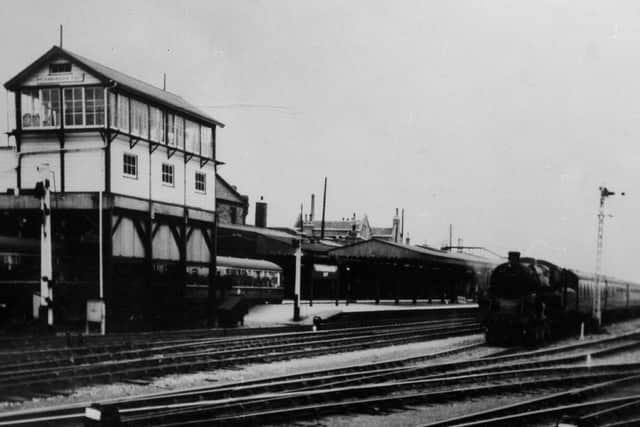

The other two lines reached Peterborough by 1848, allowing the East Station to assume its planned role.
However, only two years later, it was overshadowed by the construction of the Great Northern Railway’s London to York main line. This bridged the river at high level with its own North Station on the site of today’s station.
The East Station was a substantial building constructed in the then fashionable Tudor style. It was reported as being “still very unfinished” in 1845, but soon included refreshment and waiting rooms, booking offices for all three companies and, by 1849, a second platform to cope with the volume of traffic.
Advertisement
Hide AdAdvertisement
Hide AdDespite its early success, the East Station never achieved major importance, partly because of the division of services between the three companies.
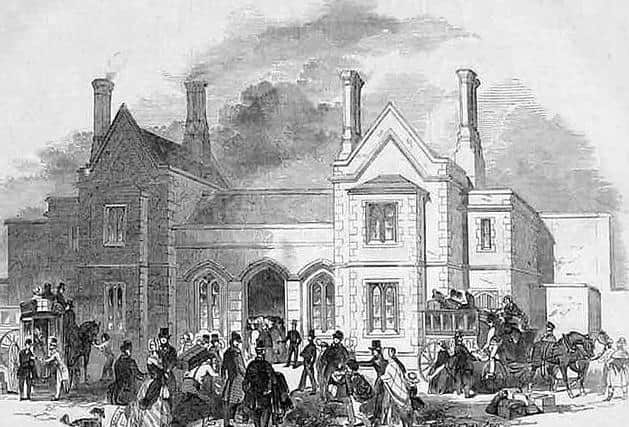

The London and North Western added its line from Rugby in 1879, but almost all journeys between East Anglia and the Midlands and vice versa still required a change of train at the East Station.
The only through services were the daily Birmingham to Harwich boat train and some summer Saturday trains to East Coast resorts.
Still greater problems faced unfortunate passengers needing to transfer between the East and North Stations for journeys to/from the North of England and Scotland.
Advertisement
Hide AdAdvertisement
Hide AdTrains between the two stations were few in number and many passengers faced either a lengthy walk, or an expensive journey by hansom cab, or later by taxi.
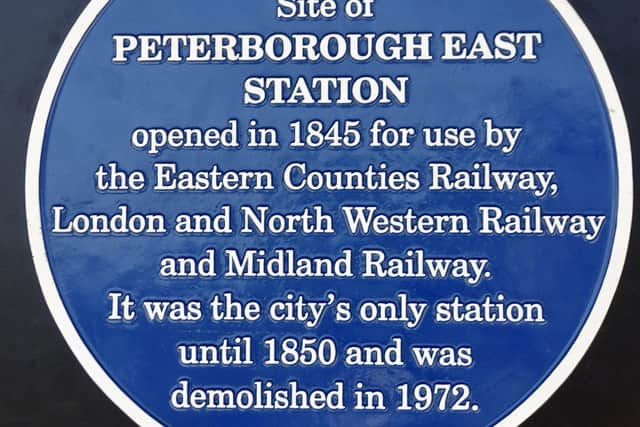

During the 1960s British Rail, acting under Government direction and with no proper thought given to future needs, closed the lines to Northampton (1964) and Rugby (1966).
All remaining trains on the Ely and Leicester lines were then able to call at the North Station, rendering the East Station redundant.
It lingered on as a parcel depot until 1970.
Demolition came two years later, with the site remaining vacant until required for the Fletton Quays development.
Advertisement
Hide AdAdvertisement
Hide AdThanks are also due to local author Peter Waszak, whose book “Rail Centres Peterborough” was the source of most of the information quoted above.
This plaque is the last of a series of 15 blue plaques recently installed in central Peterborough by Peterborough Civic Society.
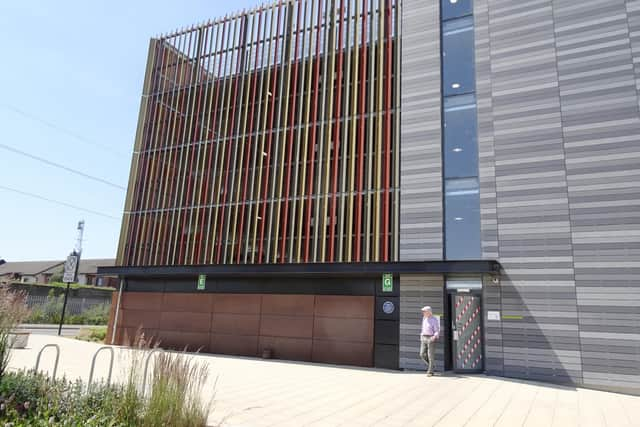

The new series of plaques augments the 20 existing plaques in the city centre.
Further details about all the plaques can be found in the accompanying 28-page booklet which can be ordered on the Society’s website for £2 per copy (to cover postage and packing).
Advertisement
Hide AdAdvertisement
Hide AdOnce the Covid-19 lockdown restrictions are relaxed, copies of the booklet will be available to collect for free from the Town Hall and other outlets.
A download of the booklet is also available on the Society’s website.
The plaques project has been supported by the National Lottery Heritage Fund and Peterborough City Council.